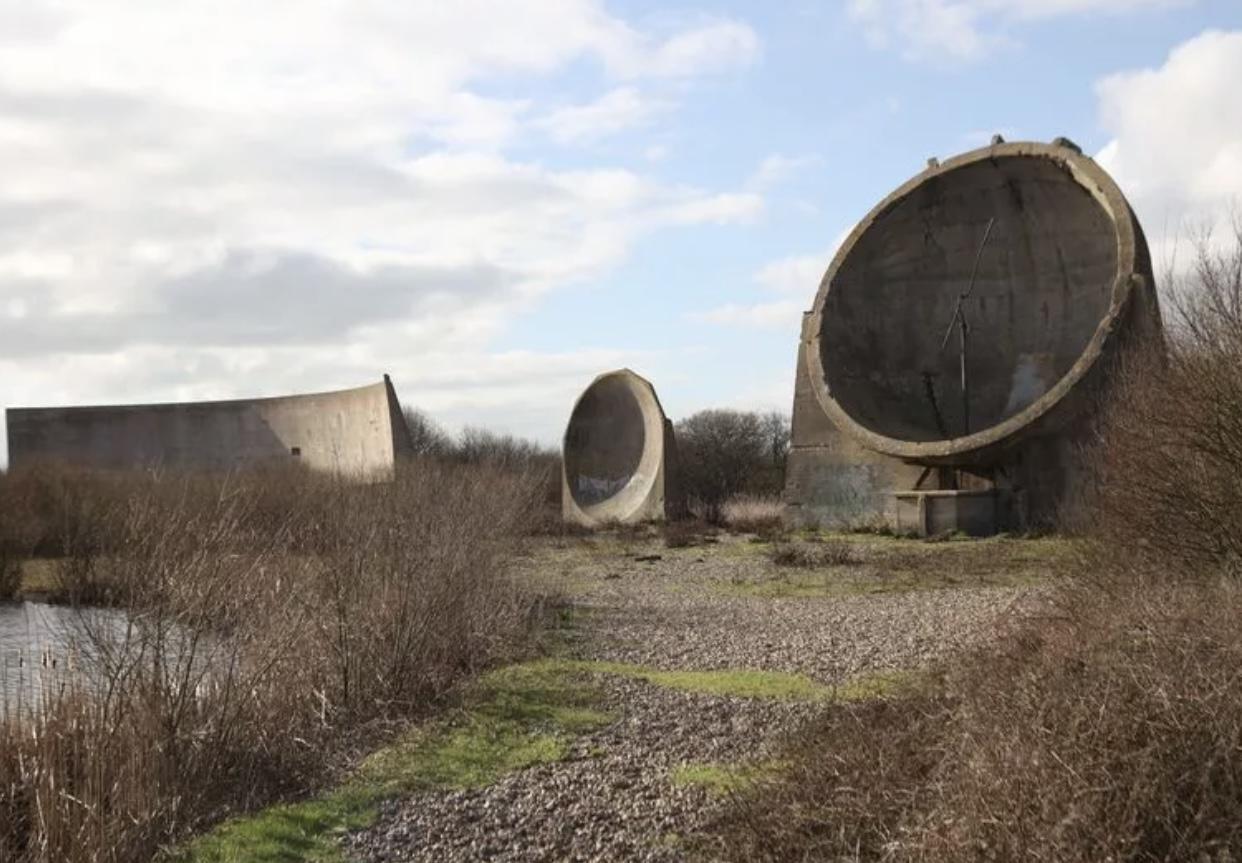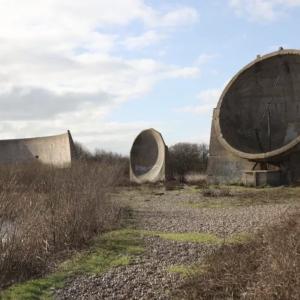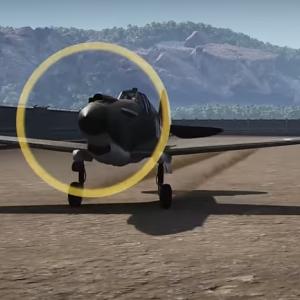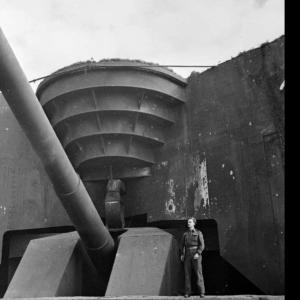
Acoustic Coastal Defence Ears
Echoes on the Coast: Early Acoustic Detection in Wartime Britain
Long before the widespread deployment of radar and advanced aerial reconnaissance, Britain relied on the science of acoustics to protect its coastlines. In the years leading up to the Second World War, a network of massive concrete listening devices—commonly known as "sound mirrors"—was constructed across the southeastern coast of England. These early warning systems were part of a broader strategy to detect enemy aircraft at a distance, using the natural properties of sound reflection and amplification. While primitive by today’s standards, these structures represented a remarkable fusion of engineering, architecture, and scientific ingenuity at a time when the threat of war loomed heavily over Europe.
The principle behind these acoustic devices was relatively straightforward. Large parabolic or hemispherical dishes, made of precisely molded concrete, were used to collect and focus sound waves—primarily the low hum of approaching aircraft engines. The curvature of each dish was carefully calculated to direct sound into a central focal point, where a microphone or a human listener would be stationed. These sounds, faint and often imperceptible to the unaided ear, could offer vital minutes of warning before visual detection was possible. At a time when radar technology was still in its infancy and not yet widely deployed, such a system offered a valuable layer of defense.
The most prominent concentration of these sound mirrors was along the Kent coast, particularly around the town of Dungeness. At this location, a series of concrete structures was constructed between the early 1920s and the late 1930s, each reflecting advances in acoustic theory and design. The Denge sound mirrors, as they are now known, included a 20-foot circular mirror, a 30-foot curved wall, and an enormous 200-foot linear wall—each serving slightly different acoustic functions. The largest structure, for example, was intended to track aircraft over a broader arc of sky, capturing sounds from multiple directions. These mirrors were often located in flat, open landscapes to minimise sound distortion and avoid interference from urban noise or terrain.
Other significant installations were built at sites like Hythe, Greatstone-on-Sea, and further north at locations such as Sunderland and Boulby. Each site was chosen with care—close enough to strategic points or industrial zones to provide early warning, but far enough from the noise of towns and cities to allow for clean acoustic detection. The positioning along the eastern and southeastern coasts of England was deliberate, anticipating the most likely approach of enemy aircraft from continental Europe. Britain’s long coastline made full coverage impossible, but these concentrated zones offered a first line of listening where it mattered most.
The operation of these mirrors was as much art as science. Operators, often wearing rudimentary headsets connected to acoustic pickups, were trained to distinguish engine types, estimate distance, and filter environmental sounds such as waves, wind, and birdsong. Despite the static nature of the concrete structures, the human element remained central to their operation. This dependence on auditory skill meant that detection was not always reliable, especially in poor weather conditions. Nevertheless, when conditions were ideal, the system could provide a warning of several minutes—an invaluable margin in the event of an air raid.
Although the rise of radar in the late 1930s quickly rendered acoustic detection obsolete, the coastal sound mirrors remain an evocative symbol of early warning innovation. They were decommissioned before the height of World War II, yet their presence endures as a monument to a period of scientific experimentation under the shadow of looming conflict. Their construction involved not just military engineers but also physicists and civil designers who grappled with the acoustic properties of concrete and open air. The choice of concrete as a material was vital: its density and rigidity made it excellent for reflecting sound, and it allowed for the construction of large, durable, curved surfaces with high precision.
Beyond their immediate military role, these structures serve today as a physical testament to the evolution of defensive technology. They mark a unique intersection of landscape, architecture, and sound science, revealing how nations prepared for war not only with weapons but with ears. Unlike radar towers or missile silos, the sound mirrors were passive systems. They didn’t emit any energy but instead waited patiently, silently, to catch the earliest hint of mechanical motion on the wind. In doing so, they extended the natural human capacity for hearing into the strategic domain, transforming quiet coastal outposts into sensitive acoustic sentinels.
Though no longer in active use, the sound mirrors of England’s coast have become objects of historical fascination. Preservation efforts at sites like Denge and Hythe have kept the structures intact, allowing visitors to explore them as artifacts of a unique phase in technological history. Standing beside one of these massive concave walls, it’s not difficult to imagine a time when ears, not eyes, were the first line of defense. In the hush of early morning or the breeze off the Channel, the legacy of these concrete sentinels lingers, echoing faintly across the past.










